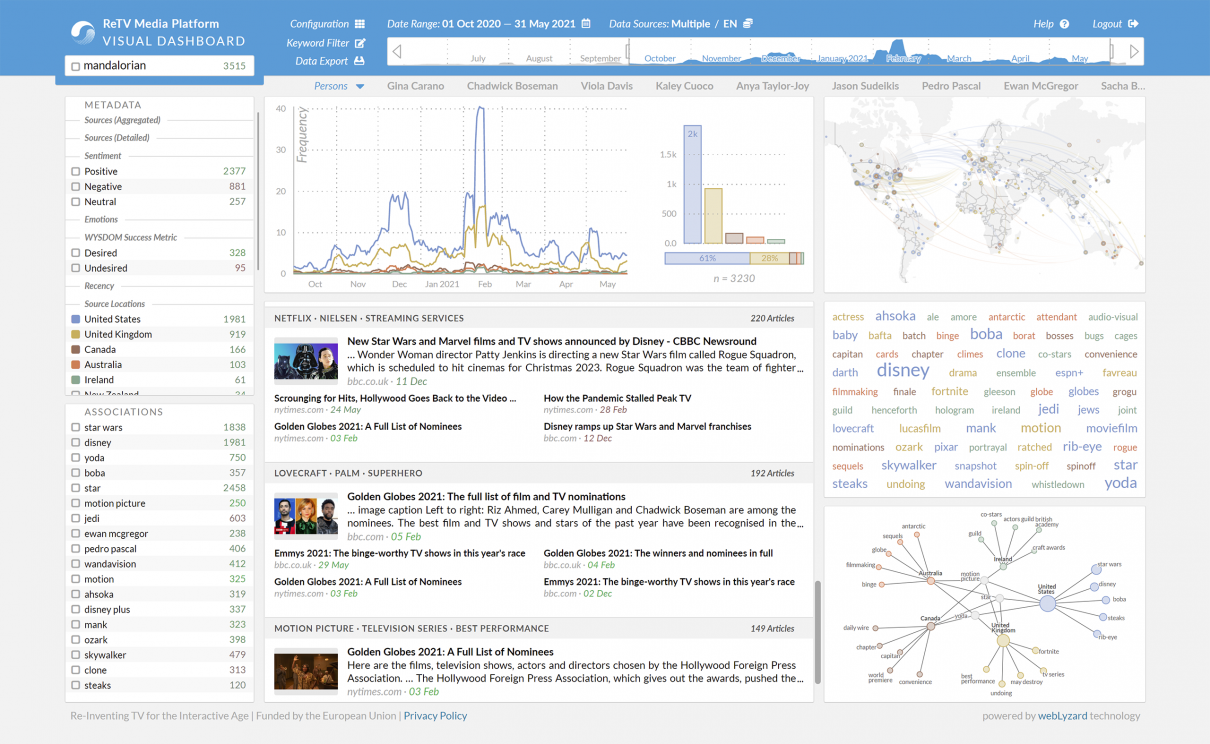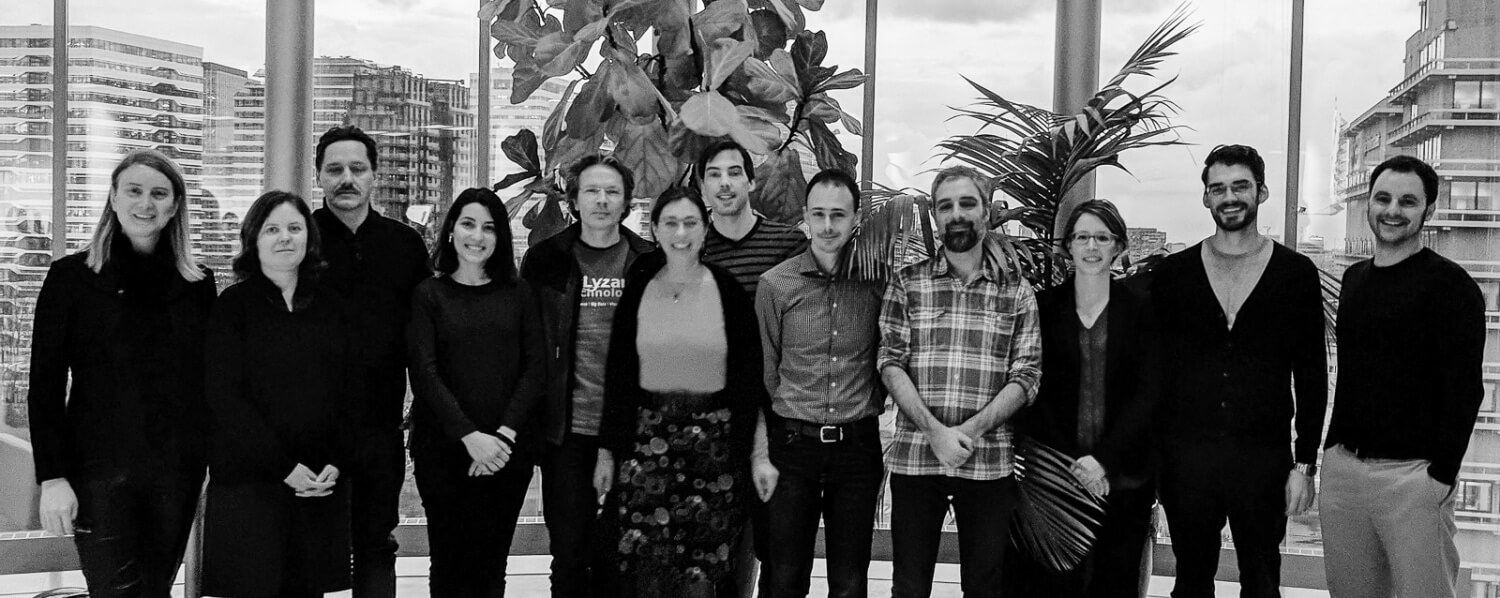ReTV – Enhancing and Repurposing TV Content
The ReTV project provides novel information services to cope with a rapidly changing digital media landscape. Emerging technologies continuously redefine the demands and expectations of TV viewers. Online video, for example, keeps gaining momentum. This digital shift requires broadcasters to evolve into multi-channel content publishers.
In addition to their broadcasts, they need to manage their own Web applications and integrate content with third-party Web platforms such as YouTube and Zattoo. They also seek new ways to engage users and stakeholders. One way to increase the level of engagement are social networking platforms such as Facebook and Twitter. Broadcasters also offer streams via mobile channels, manage SmartTV apps and make their vast archives available in digital form.
Trans-Vector Platform (TVP)
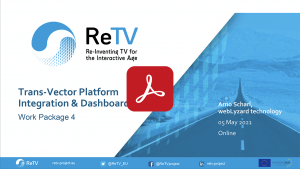 ReTV offers the Trans-Vector Platform (TVP) for broadcasters and their content partners (archives, OTT services, etc.). The TVP provides deep insights into how media content is being engaged with, and by whom. Highly scalable recommendation and prediction services allow to better manage and repurpose content assets across established and emerging channels (= media vectors). This helps to keep broadcasters competitive in the digital TV environment, attracting more viewers to their channels and ultimately generating more value from their content – whether through maximizing reach or engagement.
ReTV offers the Trans-Vector Platform (TVP) for broadcasters and their content partners (archives, OTT services, etc.). The TVP provides deep insights into how media content is being engaged with, and by whom. Highly scalable recommendation and prediction services allow to better manage and repurpose content assets across established and emerging channels (= media vectors). This helps to keep broadcasters competitive in the digital TV environment, attracting more viewers to their channels and ultimately generating more value from their content – whether through maximizing reach or engagement.
The TVP provides stakeholders with the ability to publish to all media vectors with the effort of one. It empowers broadcasters and brands to continuously measure and predict the success of their content and advertisements. Tracking reach and audience engagement across vectors guides the publication process and leads to better decisions.
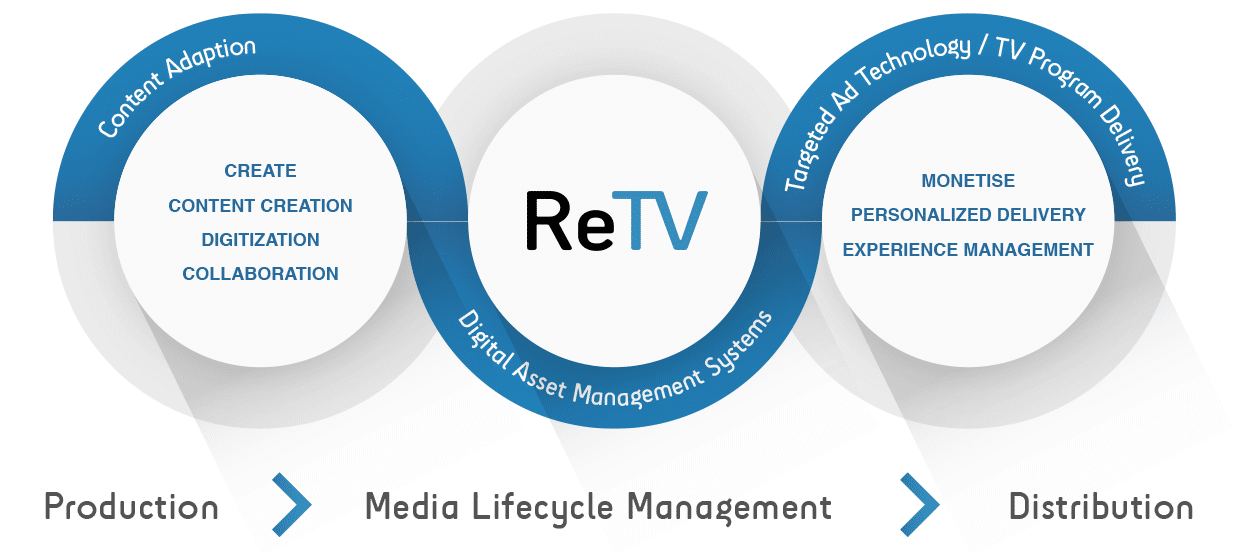
Trans-Vector Platform (TVP) embedded into the media value chain
Content Processing Workflow of the ReTV Project
ReTV provides media organizations with the following key functions:
- Collect an integrated repository of media assets from internal and external media vectors (media organizations’ own news archives, blogs, digital content streams from various social media platforms, etc.).
- Annotate these assets with extracted metadata such as keywords, sentiment and the referenced geographic locations, which are a prerequisite for the subsequent prediction and enhancement steps.
- Measure and visualize audience and content metrics from previously published assets (e.g. broadcast TV).
- Predict future topics of interest as well as the success of repurposed content based on these metrics, in terms of both reach and engagement.
- Enhance existing assets according to the predictions, determining which content should be re-used and in what form.
- Schedule when the playout/distribution should take place.
- Publish repurposed content and targeted ads to an array of vectors.
webLyzard led the ReTV system integration efforts, leveraging its existing portfolio of visual analytics components and expanding the predictive capabilities of its Web Intelligence platform. A flexible and highly scalable API framework facilitates the integration of additional vectors as they emerge. Once repurposed content is distributed across vectors based on ReTV recommendations, the continued gathering of content and corresponding audience metrics strengthens the analytic models. This in turn triggers a new content repurposing cycle that helps media organizations to optimize the distribution of their content assets.
Screenshot of the ReTV Topics Compass Dashboard, analyzing news coverage about the TV Series “Mandalorian” between October 2020 and May 2021
International ReTV Collaboration
ReTV is a Horizon 2020 Innovation Action funded by the European Union between 01 January 2018 to 31 March 2021. The involved partner organizations now continue the project through their post-project exploitation efforts. Business partners webLyzard and Genistat have designed and implemented the ReTV software and services. The technical partners Vrije Universiteit Amsterdam (VUA), MODUL Technology (MT) and the Centre for Research and Technology Hellas (CERTH) provided functional components, together with the know-how for their integration. The use case partners included Rundfunk Berlin-Brandenburg (RBB), a public European broadcaster with a significant audience, and the Netherlands Institute for Sound and Vision (NISV), a comprehensive audiovisual digital archive.
